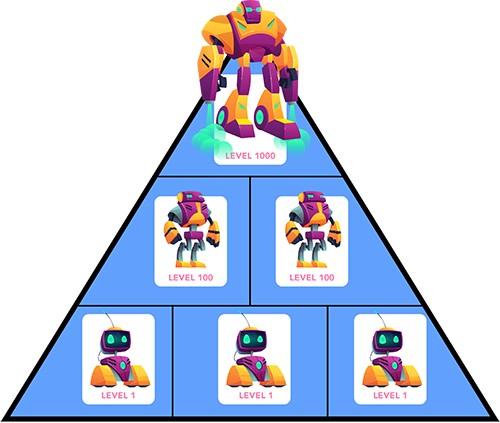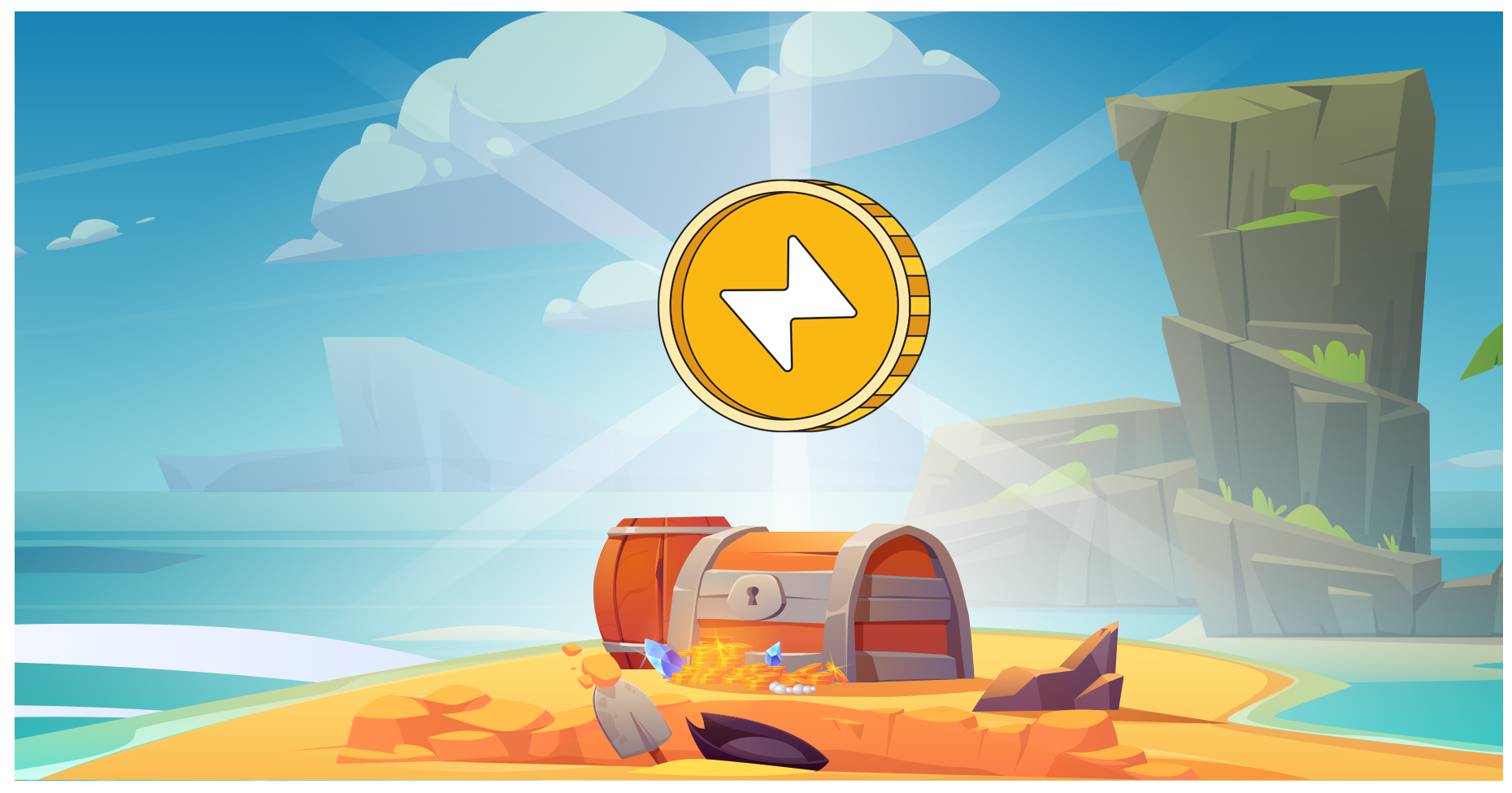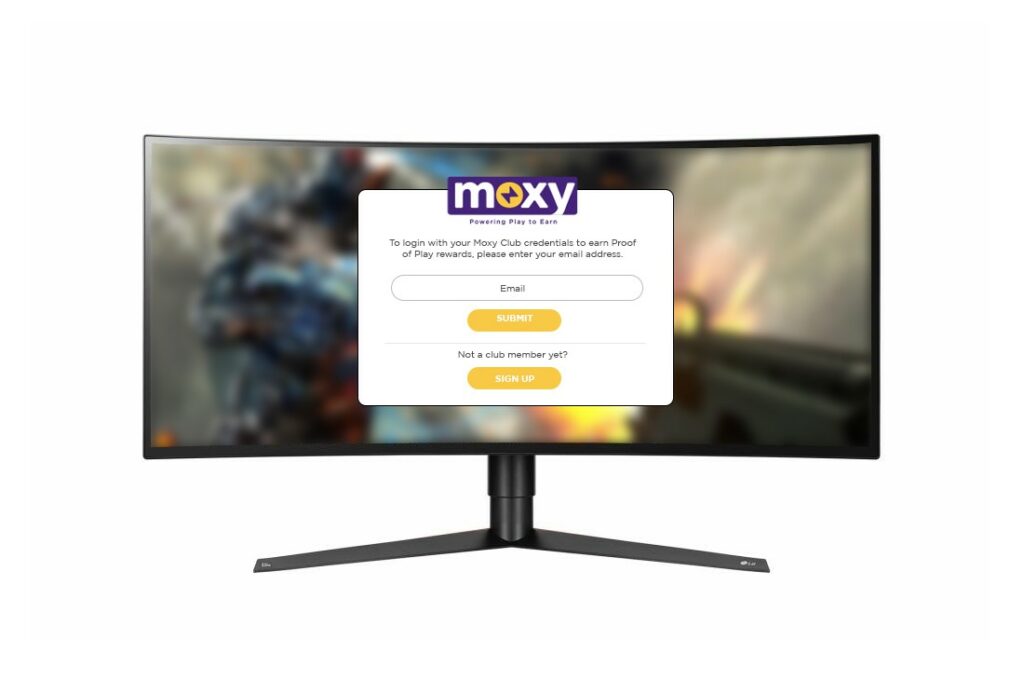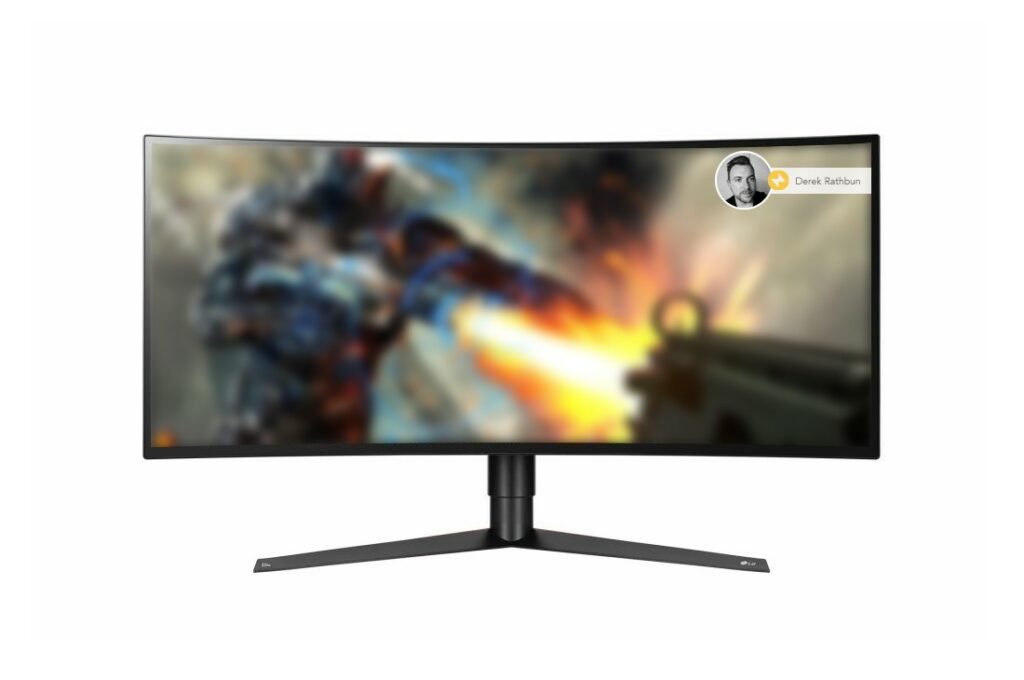
Play & Earn (P&E) vs Play to Earn (P2E)
March 15, 2022
The Basics: P&E vs P2E
Moxy’s exclusive Play & Earn (P&E) is fundamentally different from P2E. P2E incentivises a gamer to play a game primarily because of the rewards available; these rewards are the only outcome sought. The mindset for the gamer is not to play because they love the game, but because of what the reward is. Usually, P2E games are not engaging and don’t have merit on gameplay alone. Barriers to entry are typically high with dynamics that discourage latecomers, such as the use of NFTs that only allow early adopters to gain an advantage. This adds to the pyramid or Ponzi scheme narrative often associated with P2E games. This is the opposite of why people play AAA titles; they love the experience and pay for the experience, not the other way around.

P&E is focused on enhancing the experience with mainstream- style games that already deliver a great gaming experience. P&E is predicated on gameplay first, while boasting a bonus of earned rewards that enhances the fun factor. The game should be playable in a traditional manner, where the only motivation is a gamer’s love of the game. However, P&E enabled games will feature a reward model where the gamer can choose how deeply they want to participate. Let’s use a first-person shooter as an example. A gamer may play the game in a traditional manner participating in team death matches, battle royales, and more with no earned rewards (outside of typical levelling up, skins, weapons etc), just good fun as you’d experience on major platforms today. However, the same gamer may decide they want to participate in the same style of matches but ones that are P&E enabled within the same game. These matches would have an entry fee with the winner(s) receiving rewards. For example, a P&E-enabled battle royale may feature 100 players like the typical mode; however, there would be an entry fee (paid with MOX) where the top 10 players are rewarded in a tiered manner. In this example let’s use a 10 MOX entry fee. This would make the reward pool 1000 MOX with the top 10 players receiving a tiered reward based on where they finished within the top 10. The player chooses their level of engagement and gameplay is the primary factor. The game developer can choose to implement P&E models based on their creativity, what works for the genre of game, and is not limited to a single process.

Moxy’s Proof of Play™ is the most basic form of P&E. When players simply log meaningful play time on a game (not AFK), they earn SCORE points (a sub-token) within Moxy Club. Daily MOX rewards are distributed based on the amount of SCORE users have earned. Participation in P&E-enabled events is not a requirement for users to earn Proof of Play rewards; rather, they are earned when users simply play their favourite games.
Getting Started With P&E On Moxy


The first step is a simple SSO integration with Moxy, where gamers can login using their unique Moxy Club credentials when they begin playing. Users may choose to not login and continue playing the game normally. In these cases, users are not eligible to participate in P&E events, or earn Proof of Play rewards. If a gamer successfully logs in using their Moxy Club credentials, P&E rewards become available to users and meaningful game time is logged inside of Moxy Club. As a result of this process, daily rewards are dispersed to the user. Upon subsequent sessions, users will be automatically logged back in using their Moxy Club credentials. This process will trigger a notification, confirming the session is live and P&E is enabled.
In Summary
Now that we’ve covered the basics, we are ready to dive into more of the specifics of how games can utilise P&E to implement a myriad of modes, events, micro-tournaments, user created content with residual rewards and so much more. Stay tuned as we will cover these topics in the weeks to come.
Lastly, you may ask what makes P&E so attractive and accessible to mainstream game studios? Here’s just a few reasons why we are positioned for mass adoption:
-Plug and play P&E into new and existing games
-No blockchain development needed for gaming studios
-No existing or dedicated game token needed for individual games
-No required NFT’s for P&E implementation
-No compliance or regulatory concerns for studios and publishers
-Flexible API stack to fit a wide range of games and genres
So, our question to game development studios is: “How will you do P&E?!”
